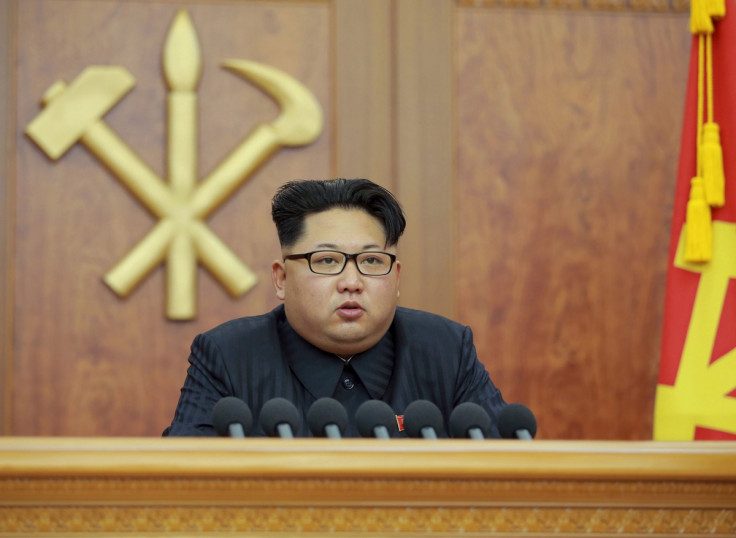North Korea nuclear tests: What is a hydrogen bomb?

North Korea says it has successfully carried out a hydrogen bomb test underground, which if independently confirmed, will be a first for the secretive state. Suspicions of an underground test were raised after the US Geological Survey recorded unusual seismic activity at 10am Pyongyang time (around 1:30 GMT) in the north-east of the country. A 5.1 magnitude tremor was detected near the Punggye-ri nuclear site, which experts said was likely unnatural.
Several hours later, a North Korean state television broadcast said: "The republic's first hydrogen bomb test has been successfully performed at 10am on 6 January 2016."
International experts have said there is no confirmation of this yet, but if proven, it will be North Korea's fourth nuclear test since 2006.
What is a hydrogen bomb?
A hydrogen bomb, or a H-bomb, is a weapon that derives a large portion of its energy from the nuclear fusion of hydrogen isotopes. The hydrogen bomb functions by the joining together − or the fusion of − lighter elements into heavier elements. It is also known as a thermonuclear bomb, as extremely high temperatures are needed in order to initiate fusion reactions. To achieve this, a fission reaction is triggered first to produce more energy, which is then used to initiate fusion.
It is more powerful than an atomic weapon, in which uranium or plutonium is split into lighter elements that weigh less than the original atoms, with the remainder of the mass appearing as energy. The Little Boy atomic bomb, which was dropped on the Japanese city of Hiroshima by the US in 1945, had a yield of 15 kilotons. Comparatively, the dry fuel hydrogen bomb that was tested by the US at Bikini Atoll in 1954 had a yield of 15 megatons, meaning it was more than 1,000 times as powerful as the Hiroshima bomb.
What are nuclear weapons?
Nuclear bombs harness the forces that hold the nucleus of an atom together by using the energy released when the particles of the nucleus are split or merged. Nuclear energy can be released from an atom in two ways: nuclear fission and nuclear fusion.
Nuclear fission: The nucleus of an atom is split into smaller fragments by a neutron. Uranium or plutonium isotopes are normally used because their atoms have relatively large nuclei that are easy to split.
Nuclear fusion: Smaller atomic nuclei – usually hydrogen or hydrogen isotopes – are joined to make larger ones. This process happens naturally in stars. Extremely high temperatures and pressures are needed, so all thermonuclear weapons use a fission bomb as a first stage to create the factors needed to start a secondary fusion reaction.
Nuclear weapon yield
Kiloton (kt): A unit of explosive power equivalent to 1,000 tons of TNT
Megaton (Mt): A unit of explosive power – chiefly used for nuclear weapons – that is equivalent to one million tons of TNT
© Copyright IBTimes 2024. All rights reserved.






